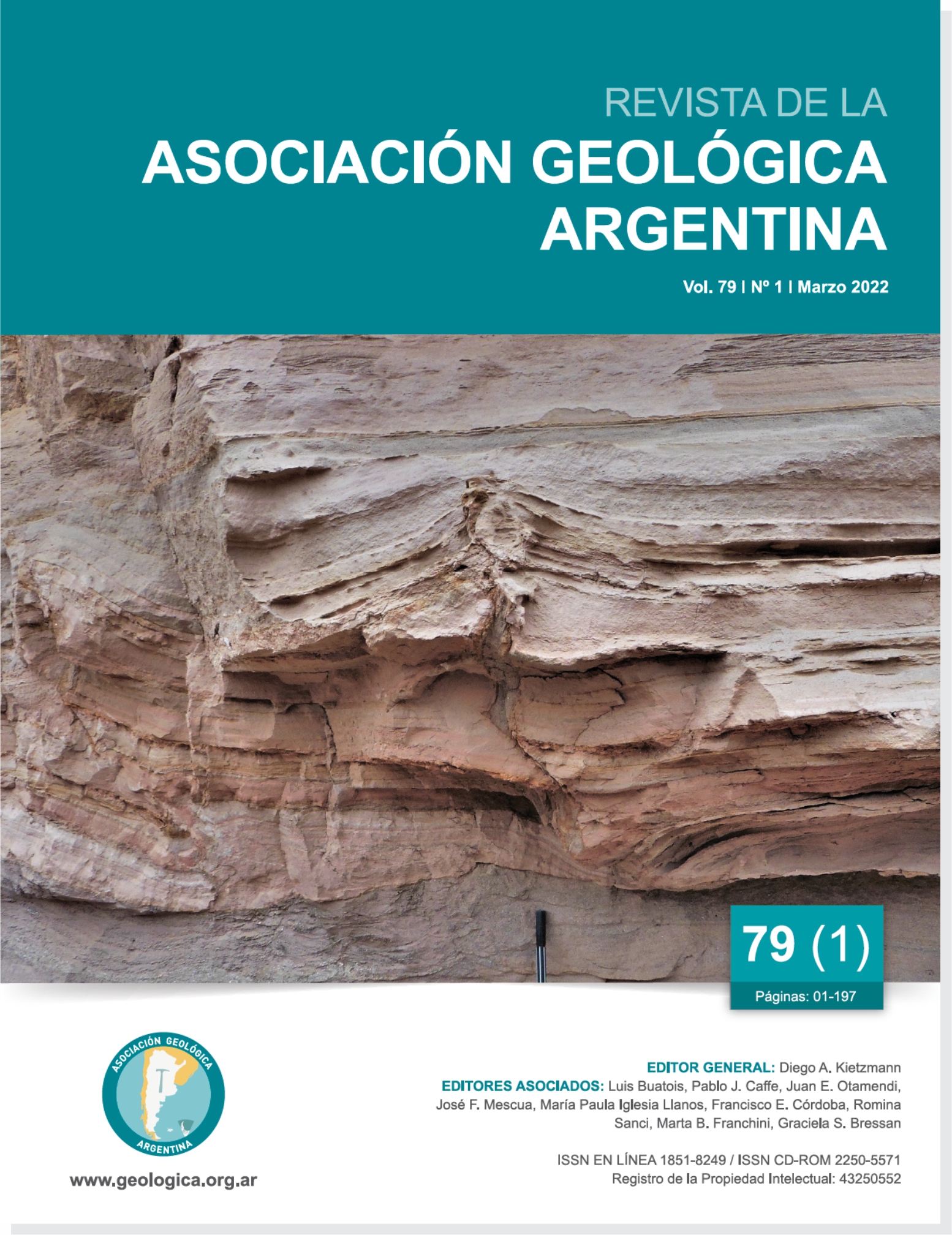Compositional, thermal, and tectonic contributions to the present-day elevation of the Central Andes and their forearc and foreland regions
Main Article Content
Abstract
The Central Andes of South America are characterized by different morphotectonic units that exhibit distinctive stratigraphic, structural, and geomorphic features. In particular, the topographic variations across the orogen are remarkably notorious. Theoretical studies on the elevation of continents have discretized distinct components that contribute to the observed elevation, among which the compositional and thermal contributions prevail. Previous investigations in the Central Andes have shown that the region presents a high variability in its crustal composition and thermal state. Such variations could exert a first-order control on the regional topography, as shown previously for the Altiplano-Puna plateau area. This study, therefore, sets out to investigate the relationship between the present-day elevation of the Central Andes, its crustal composition, and its thermal state. We first calculated the predicted thermal contribution for each morphotectonic unit based on 1D geotherms modeled on the basis of surface heat-flow data. In order to remove the compositional contribution of the crust, we then calculated a normalized elevation. This elevation was compared to the predicted thermal contribution to evaluate their fit in each morphotectonic unit. The Altiplano-Puna plateau and the Western Cordillera exhibit a good correlation, suggesting that composition and temperature control their present-day elevation. Conversely, the other areas show a significant misfit. The detailed analysis of the remaining morphotectonic units suggests that tectonic processes at the subduction zone, mantle contributions, and transient states need to be considered as important contributors to the present-day thermal state and/or elevation.
Article Details

This work is licensed under a Creative Commons Attribution-NonCommercial 4.0 International License.
Nota de copyright
Los autores conservan los derechos de autor y garantizan a la revista el derecho de ser la primera publicación del trabajo licenciado según una licencia de atribución Creative Commons que permite a otros compartir el trabajo con el reconocimiento de la autoría y de la publicación en la que se publicó por primera vez.
Declaración de privacidad
Los nombres y direcciones de correo electrónico introducidos en esta revista se usarán exclusivamente para los fines declarados por esta revista y no estarán disponibles para ningún otro propósito u otra persona.

